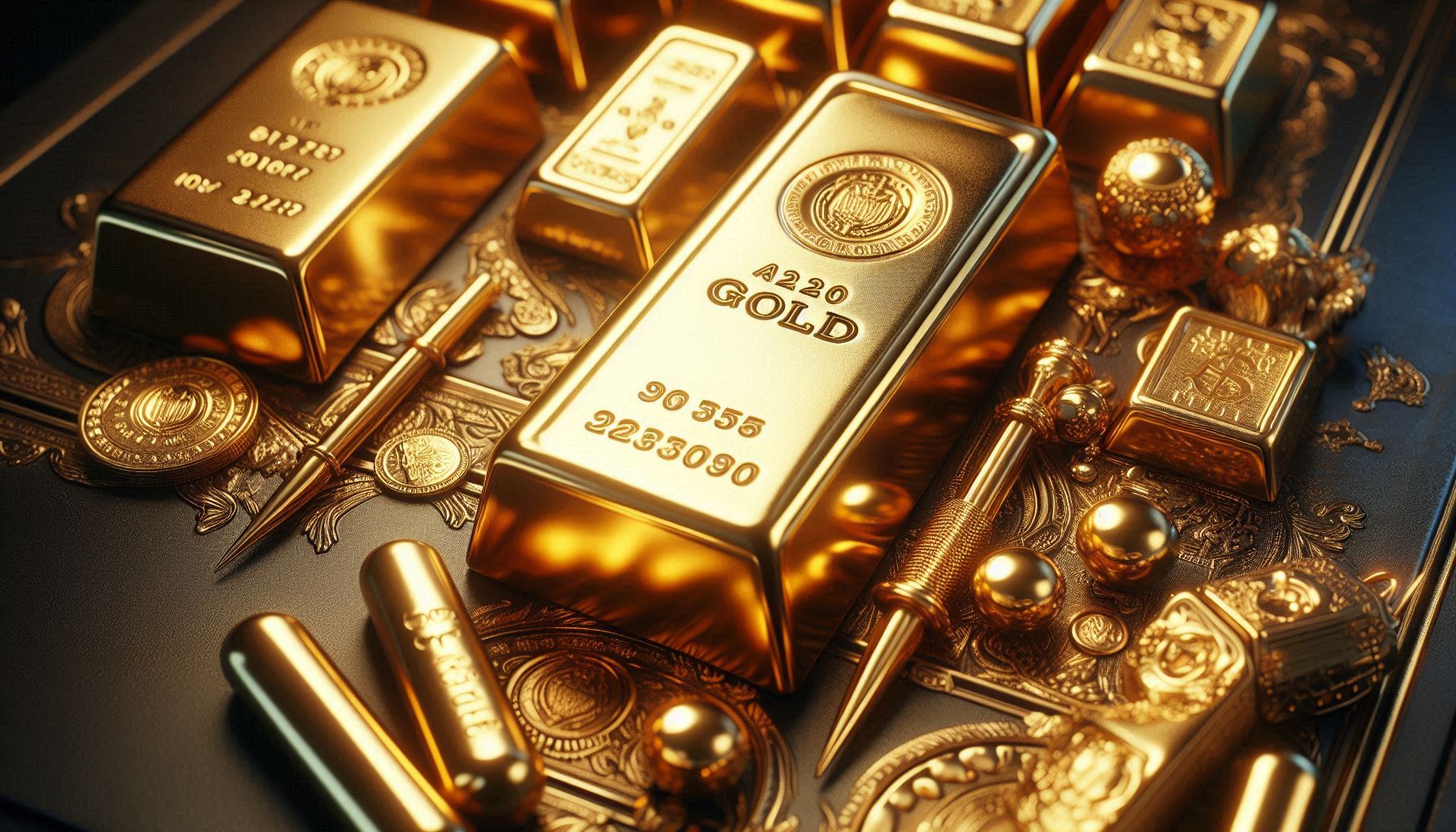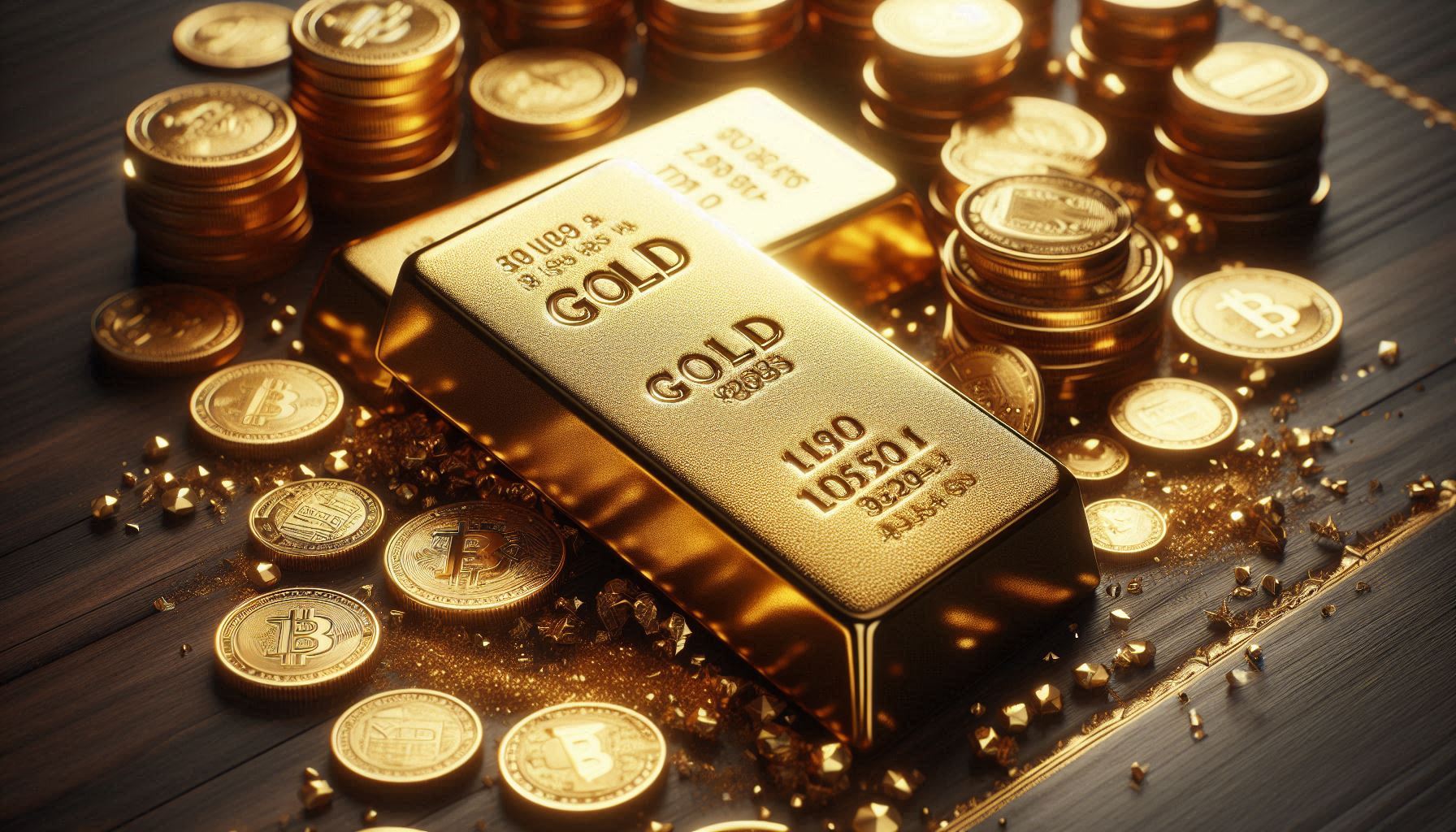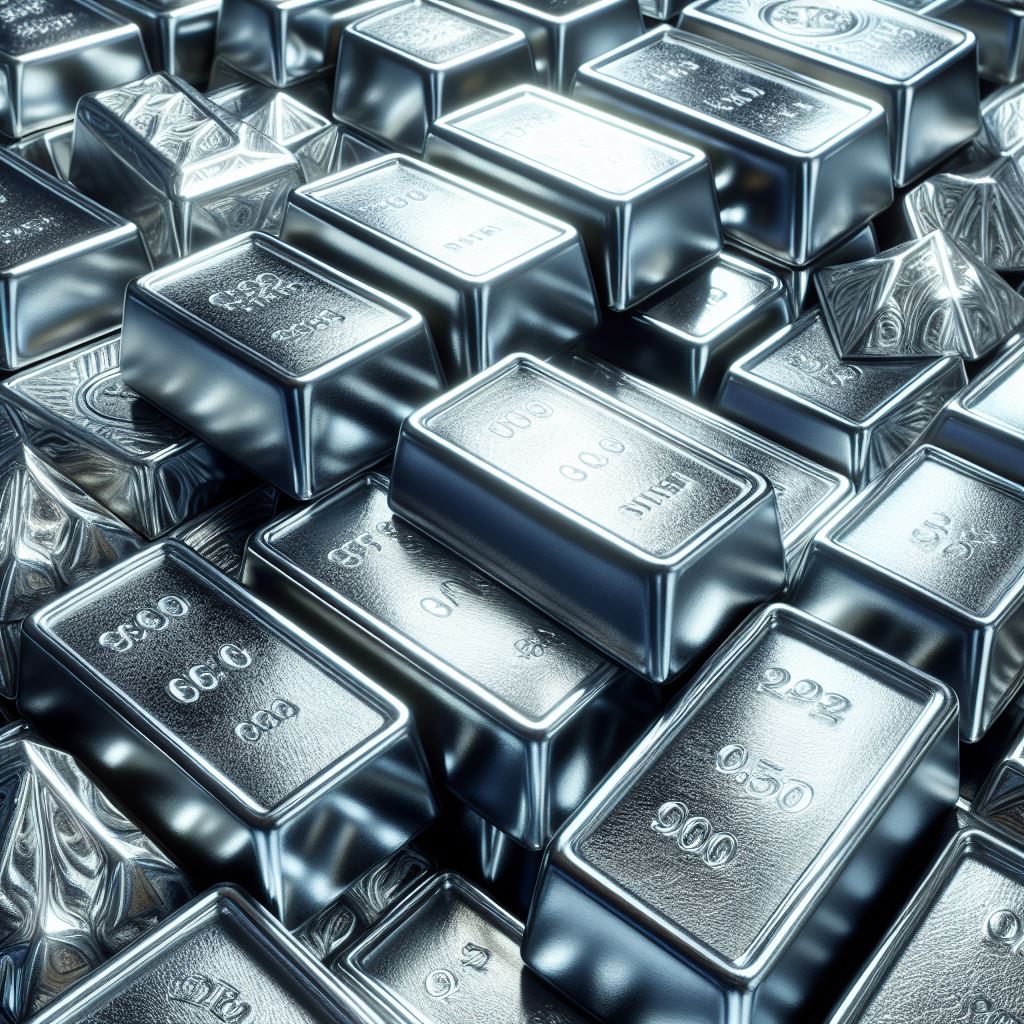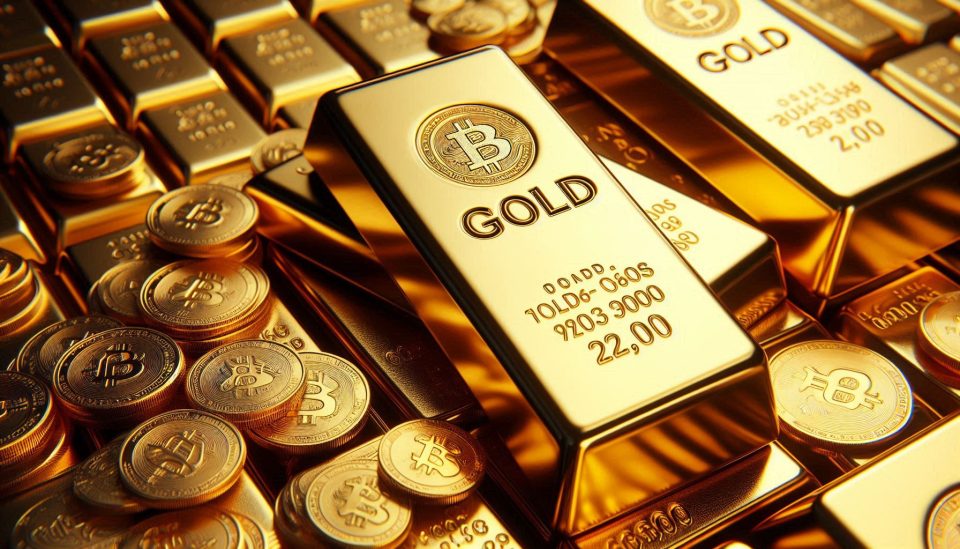Bullish Outlook for Gold: Goldman Sees $2,700 Ahead – Gold has long served as a safe haven asset. Investors turn to it during periods of economic instability and geopolitical turmoil.
Over the years, gold has protected wealth and provided stability. Its value often rises when markets are shaky, making it a trusted choice.
In recent years, several global events have influenced gold prices. The COVID-19 pandemic, rising global inflation, and the conflict in Ukraine have driven up demand for gold. These factors continue to impact the price of this precious metal, keeping it relevant for investors.
Goldman Sachs Predicts a Short-Term Setback
Goldman Sachs expects a minor setback for gold in the near term. They believe the Federal Reserve’s expected 25-basis-point rate cut could reduce demand for gold. When rates are lowered, borrowing becomes cheaper, leading to increased economic activity. Investors may shift toward riskier assets, which could lead to a temporary dip in gold prices.
Despite this possible short-term dip, Goldman Sachs remains confident in gold’s future. They see this minor setback as temporary and maintain an overall positive outlook.
Long-Term Outlook: A Surge to $2,700
While a brief dip may occur, Goldman Sachs predicts gold will bounce back. Analysts forecast a rise to $2,700 per ounce by early next year. They believe increased investment in bullion-backed exchange-traded funds (ETFs) will drive this surge.
 ETFs offer investors exposure to gold without directly buying the metal. These funds back their shares with physical gold. As demand for ETFs increases, so does demand for gold. This reduces the available gold supply, pushing prices higher.
ETFs offer investors exposure to gold without directly buying the metal. These funds back their shares with physical gold. As demand for ETFs increases, so does demand for gold. This reduces the available gold supply, pushing prices higher.
ETFs: A Key Driver in Gold’s Price Rise
Gold-backed ETFs have played a major role in gold’s recent price movements. These funds are popular among investors who want gold exposure without the hassle of storage. When investors buy ETF shares, the fund purchases physical gold to match the investment. This reduces the amount of gold in circulation.
 As ETF inflows rise, the reduced supply drives prices higher. Goldman Sachs expects these inflows to grow further as the Fed cuts rates. Lower interest rates make bonds and other fixed-income investments less attractive, encouraging investors to turn to gold. This increased demand should push prices to new highs.
As ETF inflows rise, the reduced supply drives prices higher. Goldman Sachs expects these inflows to grow further as the Fed cuts rates. Lower interest rates make bonds and other fixed-income investments less attractive, encouraging investors to turn to gold. This increased demand should push prices to new highs.
Current ETF Holdings Compared to Pandemic Levels
While global ETF holdings have increased in recent months, they remain below the peak seen during the pandemic. Back then, investors sought refuge in gold as the world faced unprecedented uncertainty. ETF inflows surged, sending gold prices to record highs.
Now, with holdings still below those levels, there’s room for further growth. Goldman Sachs sees this as an opportunity for continued price increases. As ETF investments grow, gold’s price could climb higher than pandemic peaks.
Bullish Outlook for Gold – Silver Gains From Gold’s Momentum
Silver, which often follows gold’s trends, has also experienced gains. It has risen for seven consecutive days, marking its longest winning streak since 2019. Silver benefits from the same factors driving gold’s price, such as inflation and geopolitical tensions.

In addition to its investment appeal, silver has industrial uses. Demand from sectors like manufacturing and electronics can also push its price higher. As gold surges, silver often follows, offering a more affordable option for investors.
Bullish Outlook for Gold: Goldman Sees $2,700 Ahead
Despite a potential short-term dip, gold’s long-term outlook remains bright. Goldman Sachs predicts that gold will rebound and hit a record high of $2,700 per ounce by next year. Increased demand for gold ETFs will drive this surge, reducing supply and pushing prices higher.
Silver also stands to benefit from gold’s upward momentum, making it another asset to watch. Investors looking for a safe haven may find both gold and silver to be strong options in these uncertain times.
With global uncertainty lingering, both metals appear set to perform well in the months ahead.


